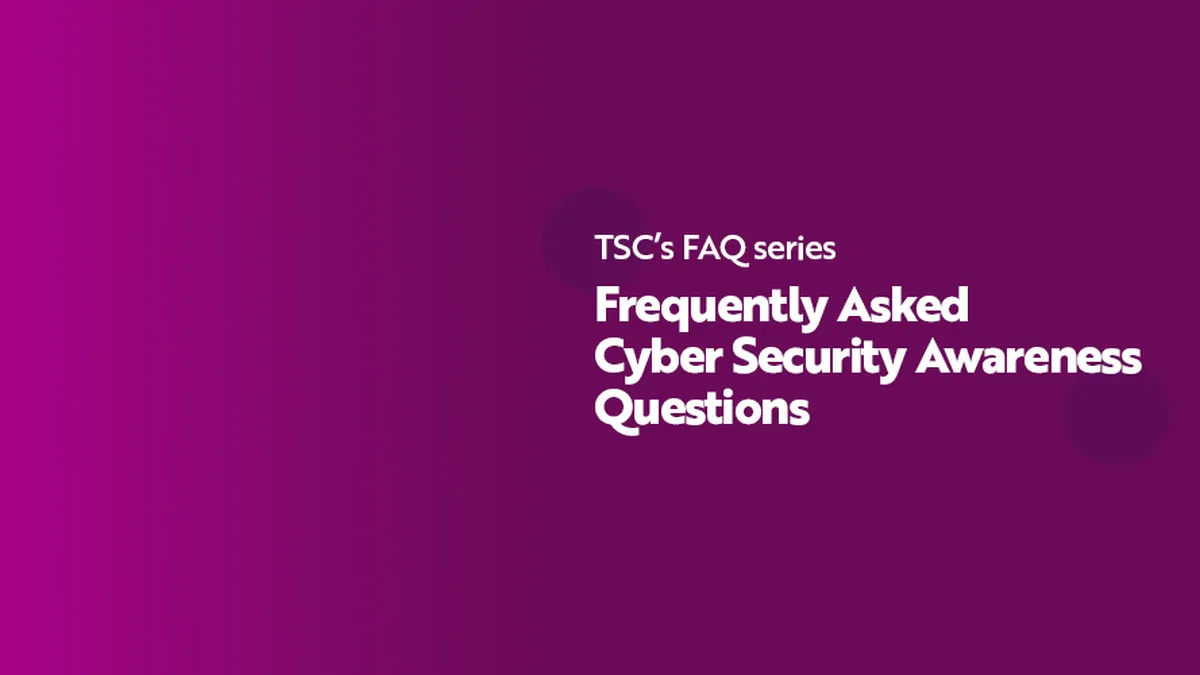
- Ransomware
- 8 min read

Every year cyber criminals and threat actor groups find a new way attack vector, a new vulnerable surface, a new line of attack. Executives responsible for data protection, information security, and security awareness are increasingly turning to advanced technologies to bolster their defences. Among these technologies, Artificial Intelligence (A.I.) stands out as a powerful tool in the arsenal against cyber threats.
However, while A.I. offers numerous benefits in cyber security, it is crucial to recognise its limitations and the importance of cyber security awareness and training in complementing A.I. defences.
While A.I. plays a crucial role in bolstering cyber defences, it is not a silver bullet.
To effectively combat cyber threats, organisations must complement A.I. technologies with comprehensive cyber security awareness and training programs. Through Training, Knowledge Development, and Behavioural Change (TSC), organisations can:
Remember, A.I. is not without its limitations. Whilst organisations must recognise the importance of A.I., cyber security awareness and training is just as if not more paramount to keeping your employees educated and safe.
By adopting a holistic approach that combines A.I. technologies with comprehensive training and awareness initiatives, organisations can strengthen their cyber resilience against common risks and safeguard against emerging threats.



© The Security Company (International) Limited 2025
Office One, 1 Coldbath Square, London, EC1R 5HL, UK
Company registration No: 3703393
VAT No: 385 8337 51


